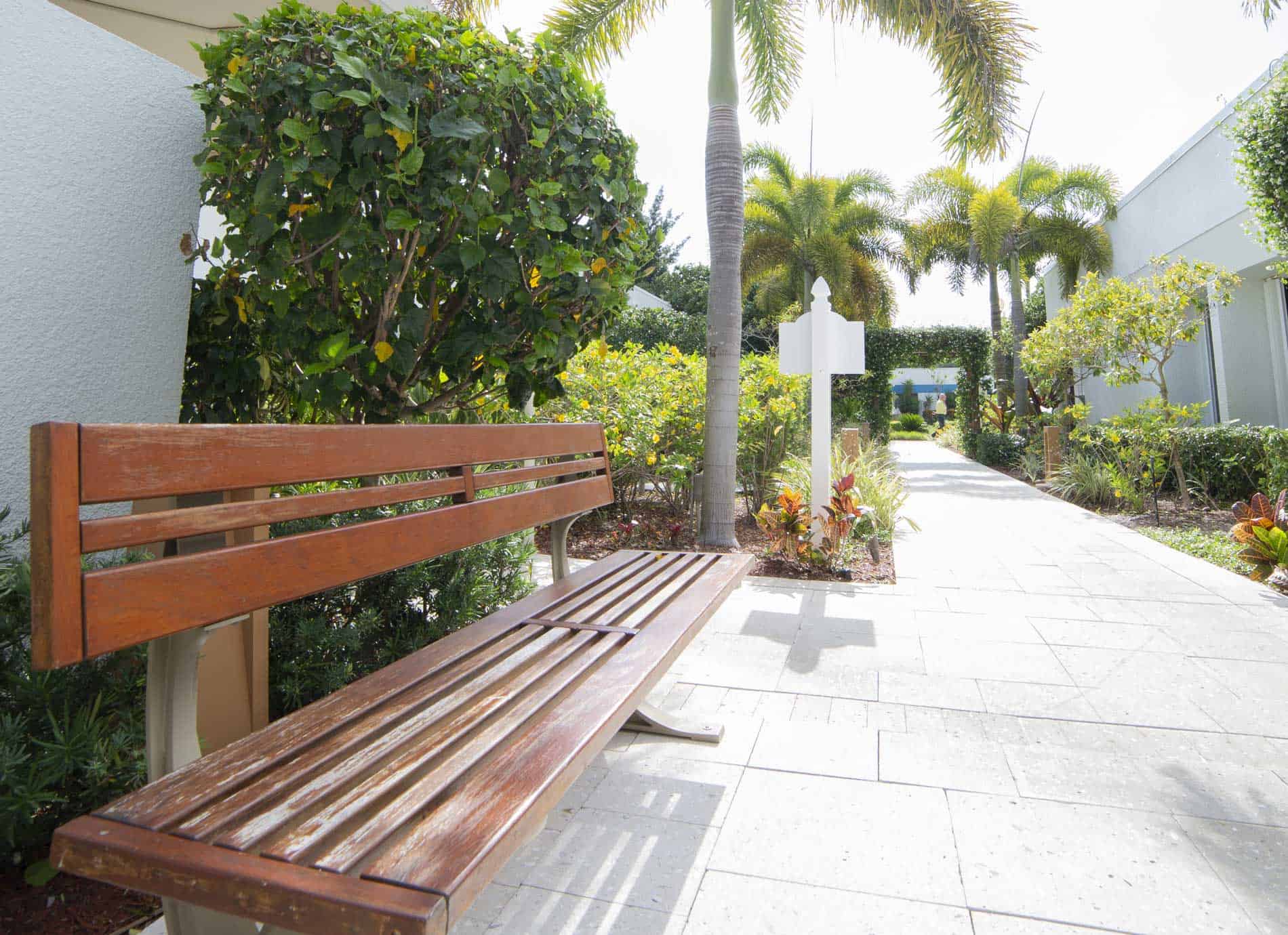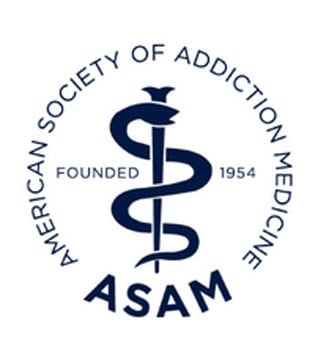Crack Addiction

Crack cocaine is the freebase, smoked form of cocaine. It’s popular with drug users seeking an inexpensive, rapid-acting and ultra-potent, euphoric high. The name “crack” comes from the sound produced from burning the drug’s rock-shaped chunks. Unlike cocaine, crack results in near-immediate effects when inhaled into the lungs and absorbed into the bloodstream.
Other slang names for crack include:
- Nuggets
- Jelly beans
- Gravel
- Dice
- Candy
- Rocks
- Base
- Cookies
- Scrabble
Crack results in a stimulant effect on the body, speeding up mental and physical processes, increasing energy and giving the user a sense of control. The rapid effects of smoking crack peak quickly and end between two and 20 minutes. Because the high of crack is so short-lived, users often binge it. The binge-and-crash cycle adds to tolerance, dependence, and addiction. Because the effects of this mental illness are so far-reaching, professional help is often needed to overcome this devastating addiction.
TYPES OF ADDICTIONS
Signs of Crack Use
Parents or others close to an individual who is potentially addicted to crack may notice physical warning signs such as:
- Dilated pupils
- Manic activity
- Reduced sleep
- Excessive sleep
- Increased heart rate
- Hypertension
- Suppressed appetite
- Weight loss
- Twitching of the muscles
Psychological Warning Signs May Include:
- Aggression and volatile mood swings
- Psychotic symptoms (hallucinations and paranoia)
- Persistent thoughts and obsessions about smoking crack
- Inability to quit despite a strong desire to do so
- Putting a high priority on obtaining the drug
- Smoking crack at the expense of finances, relationships, and responsibilities
Crack users also tend to engage in risky behaviors. Crack intensifies sexual desire and removes inhibitions for many users. People who are high on crack might be more likely to have unprotected sex with multiple partners while others may choose to exchange sex for the drug.
Crack intensifies emotional experiences, including anger and rage. People may enter dangerous neighborhoods or agree to do almost anything in order to obtain the substance. Crack is a powerful motivator, and many individuals ensnared by it are willing to steal, commit robberies, or engage in other illegal activities to gain enough money to buy crack. Since crack possession is illegal, some users will face legal trouble even if they don’t engage in risky behaviors.

Long-term Effects
Long-term effects can occur after the consistent use of crack over days, months, or even years. These effects include:
- Malnutrition due to significant weight loss
- Marked cognitive decline
- Confusion and/or delirium
- Psychosis
- Hallucinations
- Damage to the lips, mouth, and teeth
- Depression
- Anxiety
- Long-lasting cardiovascular issues (heart attack, stroke, and heart disease)
- Seizures
Withdrawal Symptoms
When users begin to show signs of withdrawal from crack, they may fall asleep wherever they are and stay asleep for days. If they are not asleep, their behavior may be characterized by negative emotions, extreme fatigue, and inactivity.
Symptoms of crack cocaine withdrawal include:
- Extreme anxiety
- Depression
- Suicidal thoughts/suicide
- Decreased energy
- Increased sleeping
- Increased appetite
- Night sweats
- Chills
- Unpleasant dreams or nightmares
- Tremors
- Muscle aches
- Nerve pain
Medical Detox and Ongoing Medical Care
The effects of crack on the body are significant, giving rise to the need for ongoing medical care after crack use. Medical detoxification and professional therapy provide physical and psychological stabilization for patients, but the outside world will always have stressors that can reignite a desire for crack cocaine.
Our team of medical professionals understands the recovery process on a biological level. We offer detox that is medically monitored and ongoing care that can help the body heal from the long-term consequences of crack addiction.
Treatment Modalities
Depending on the individual factors that each patient presents with, there are a number of different techniques to address crack addiction. According to the American Psychological Association, two of the best-supported treatments for drug addiction are cognitive behavioral therapy (CBT) and motivational interviewing (MI). The technique of CBT teaches patients helpful strategies for how to stay ahead of harmful thoughts and behaviors, by first recognizing how dangerous, negative thoughts start and then determining how to replace them with better approaches. By increasing a patient’s motivation to kick the habit of crack addiction by helping them begin to realize how much better their lives are without crack, the technique of MI uses positive psychology and enforcement to set the scene for future sobriety.
Along with CBT and MI, Hanley’s therapies include:
- Trauma therapies (such as EMDR)
- Neurofeedback
- Biofeedback
- Neurotherapy
- Recreational therapy
- Wellness activities
- 12-Step immersion
- Continuing care planning
- Spiritual care services
- Individual and group therapy
- Intensive family programming
Effects on the Brain
Individuals using crack cocaine will exhibit excessive bursts of energy and stimulation, behaviors that are uncharacteristic and go far beyond any reasonable kind of excitement. This type of manic activity may include talking rapidly, consuming food in huge quantities, never eating at all, or exhibiting nervousness or agitation. When the dose of crack wears off, users may show signs of great fatigue, sometimes falling asleep wherever they are and then staying asleep for days. This drastic seesawing between unstoppable energy and exhaustion has obvious impacts on the brain and daily behavior.
Regular sleep patterns become impossible, resulting in absences at school, work, family and social obligations. Extreme swings of brain stimulation and fatigue also cause violent and unpredictable mood swings. Users often become argumentative and perhaps even violent and dangerous to those around them, especially with people who try and stop the drug use. Coming off of crack can cause severe depression and even suicidal thoughts. Using crack for a prolonged period leads to hallucinations and paranoia.
The neural stimulation caused by crack cocaine results in frantic energy and involuntary jittering, which look like tremors. Unable to control the shakiness in their limbs and extremities, even when they are off the drug, users become unsafe.
Hanley Center for Brain Recovery
We founded the Center for Brain Recovery to ensure we remain on the leading edge of mind-body research. Our team incorporates principles from the growing and interrelated disciplines of health psychology and psychoneuroimmunology (PNI), which focus on studying the many ways that mental and physical health interact.
Led by a licensed psychologist, Hanley’s team of brain recovery specialists offers advanced testing and cutting-edge clinical interventions and therapies that work on a cellular level to heal the brain. People who have been using crack will need to retrain the brain to boost mood, manage chronic pain, and learn how to experience pleasure without the flood of dopamine.
We offer cutting-edge neurological therapies and advance psychological testing to all of our patients through the Center for Brain Recovery. Learn more about the Center for Brain Recovery.

Contact Hanley Center
Hanley’s programs provide effective, cutting-edge care that leads our patients to healthier, more confident, and more purposeful lives.
Start your journey to freedom and fulfillment by calling Hanley Center at 561.841.1033.
Hanley Center: Most Insurance Accepted
Address: 933 45th Street
West Palm Beach, FL 33407




